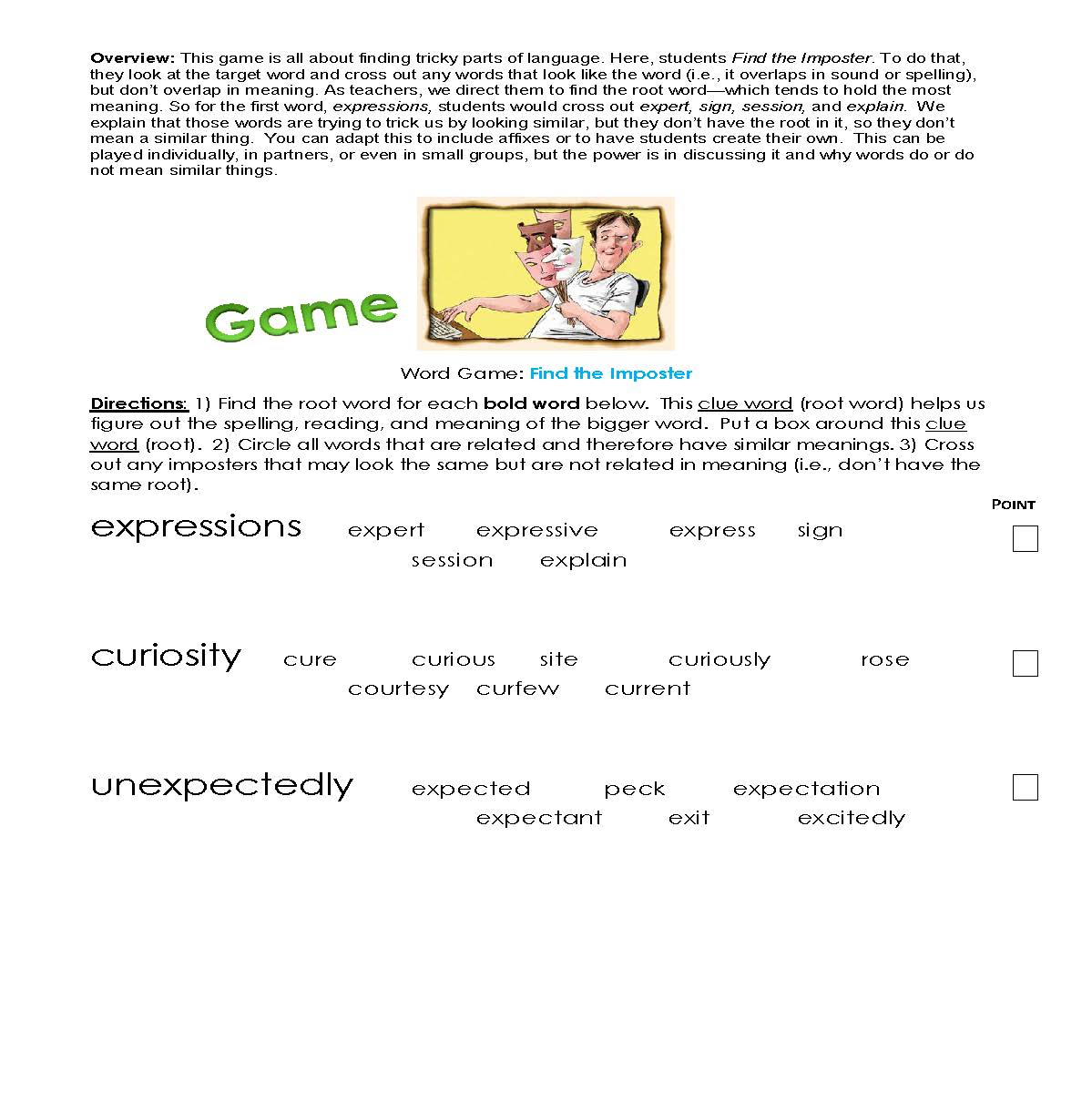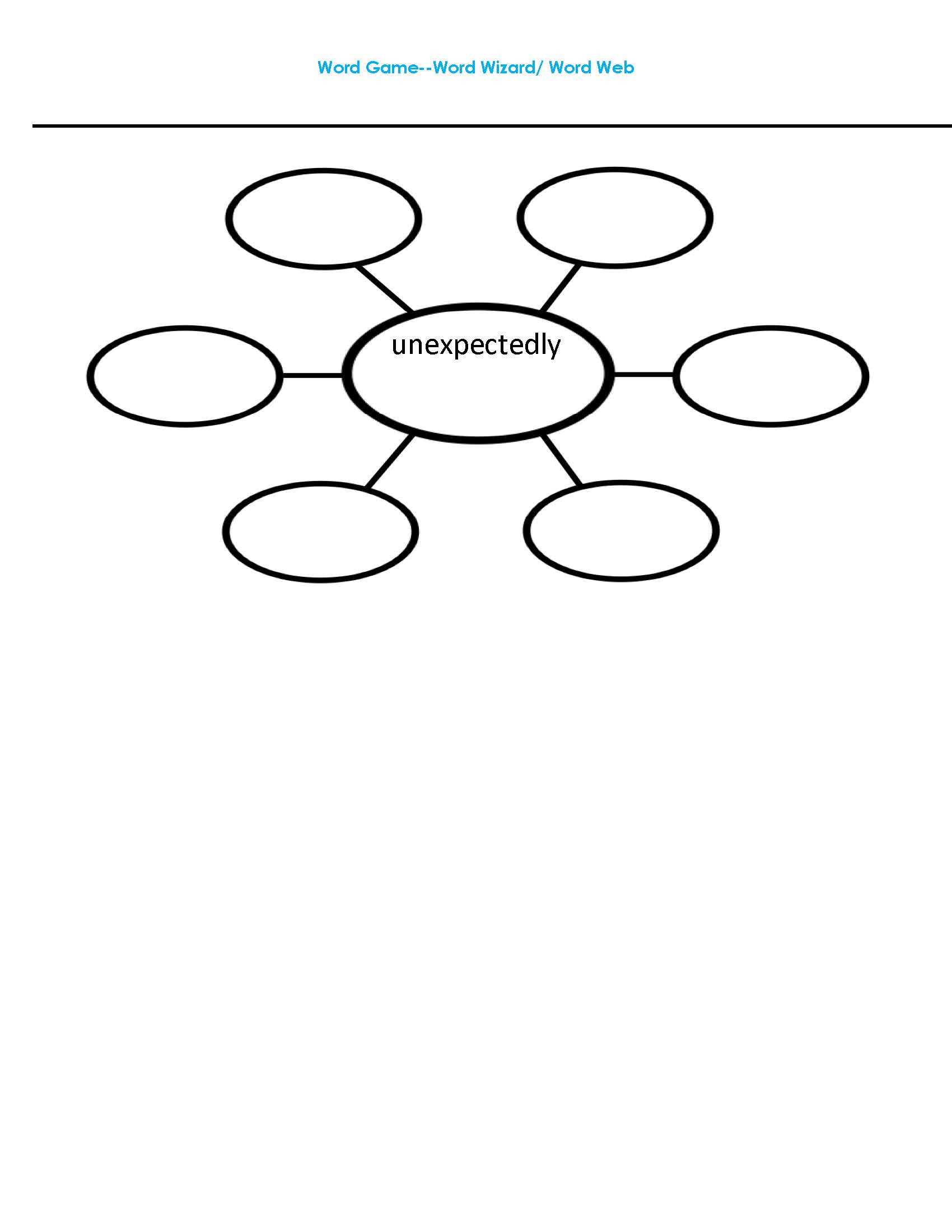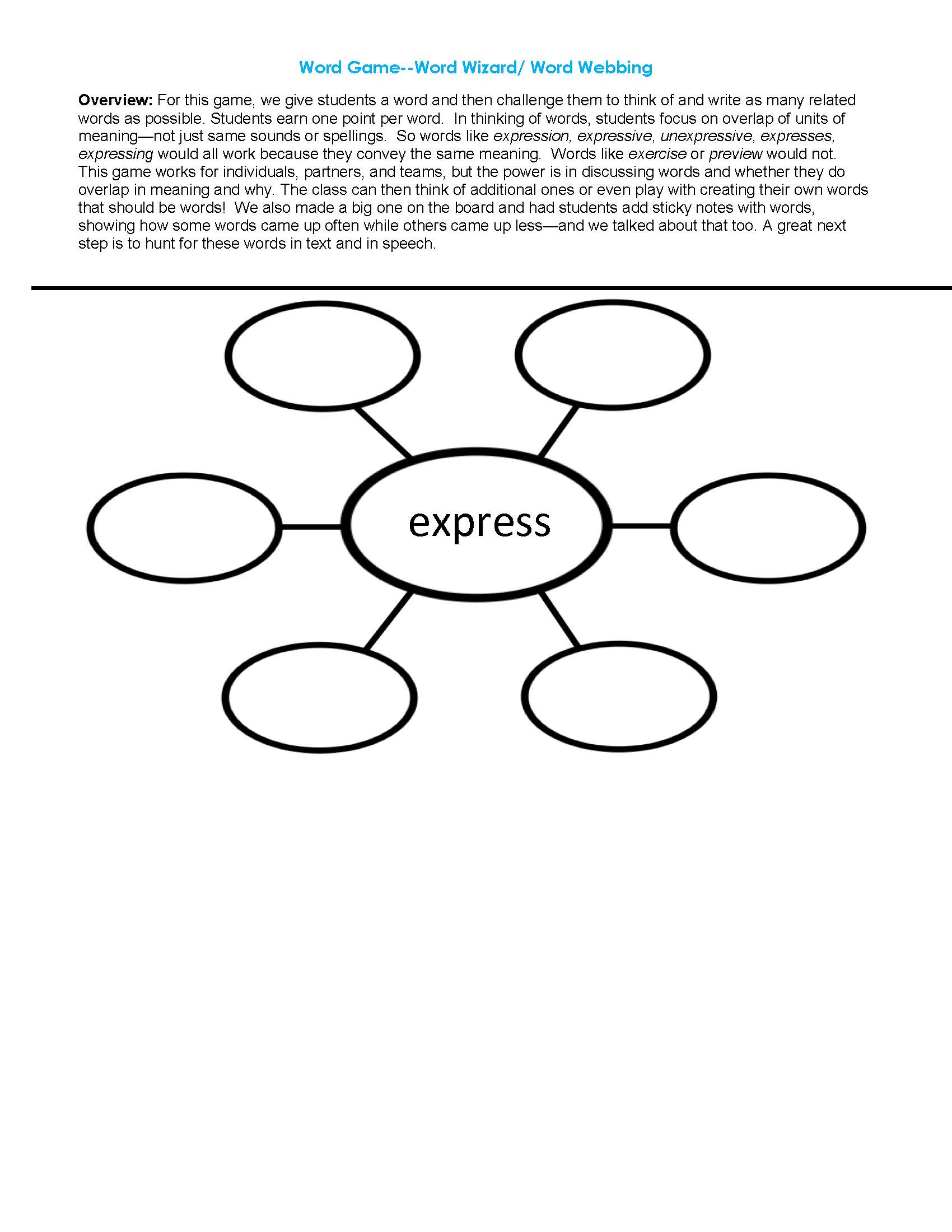Instructional Resources on this page:
Word Solving Slideshow
Morphology Intervention Teacher Script
Find the Impostor and Word Web Games
Differentiation Ideas
& More Activities…
Word Solving - Reading to Solve the Case







Download this reading to solve the case powerpoint here: https://vanderbilt.box.com/s/1e7isxcm2p900k1cej2pa2akc7ox4m5s
Teacher Script for Morphology Intervention
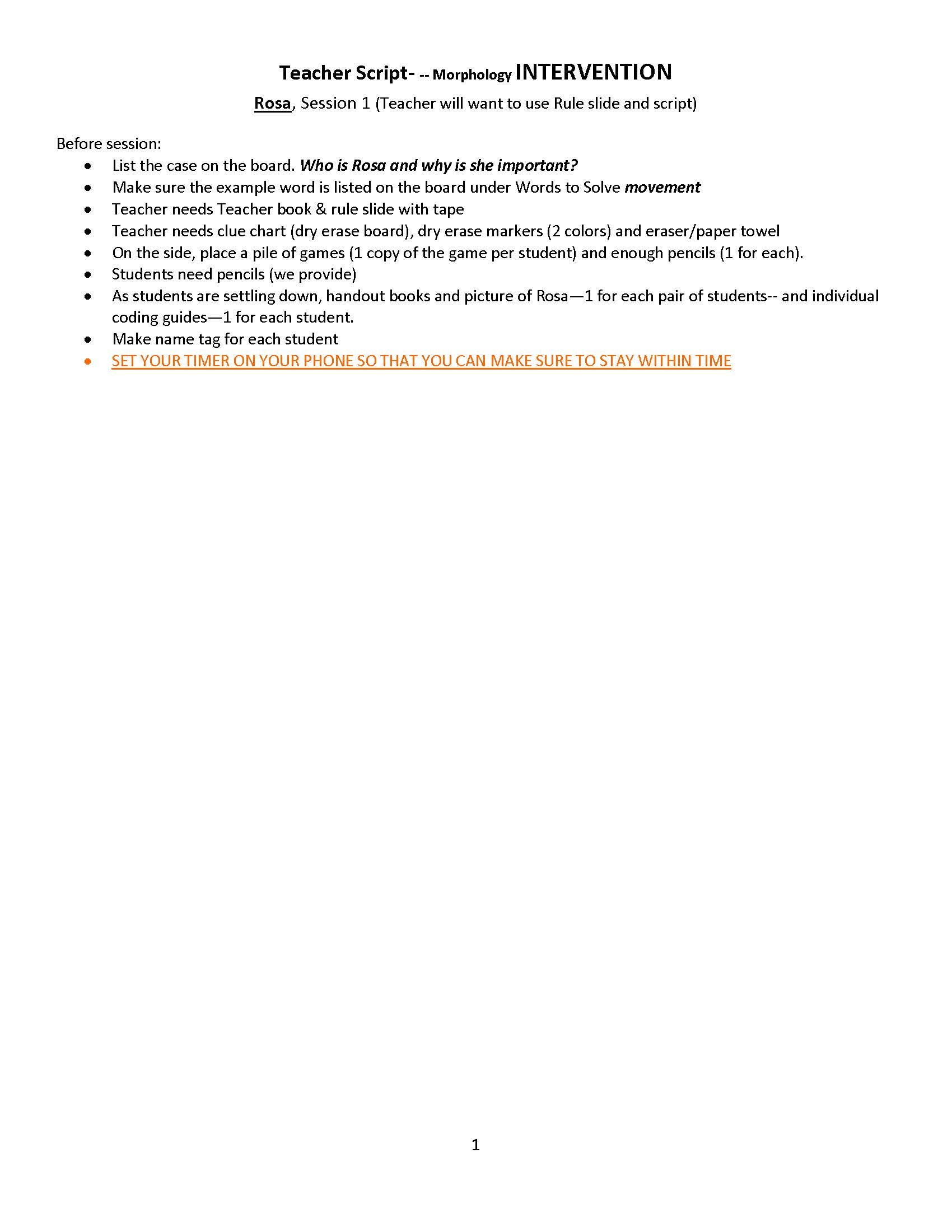
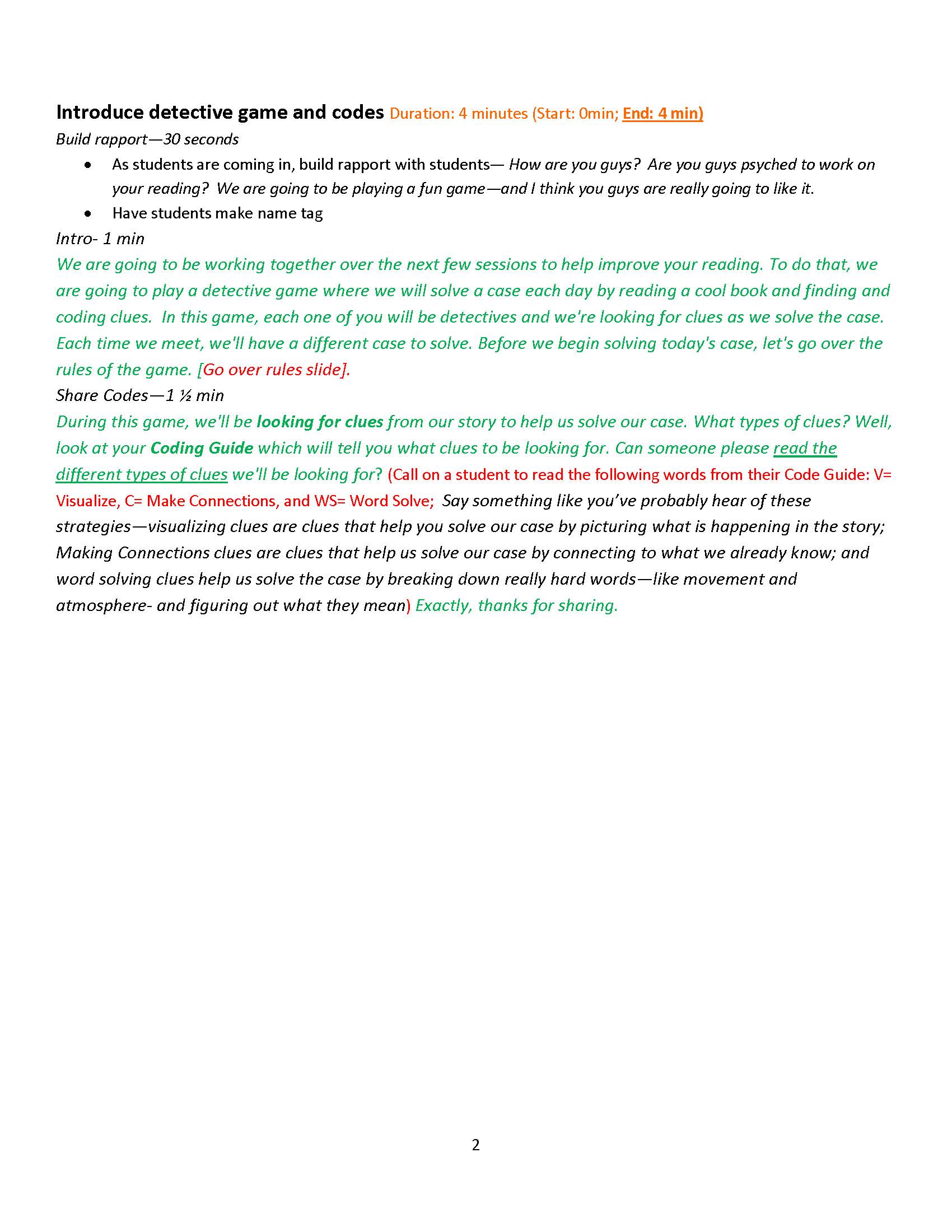
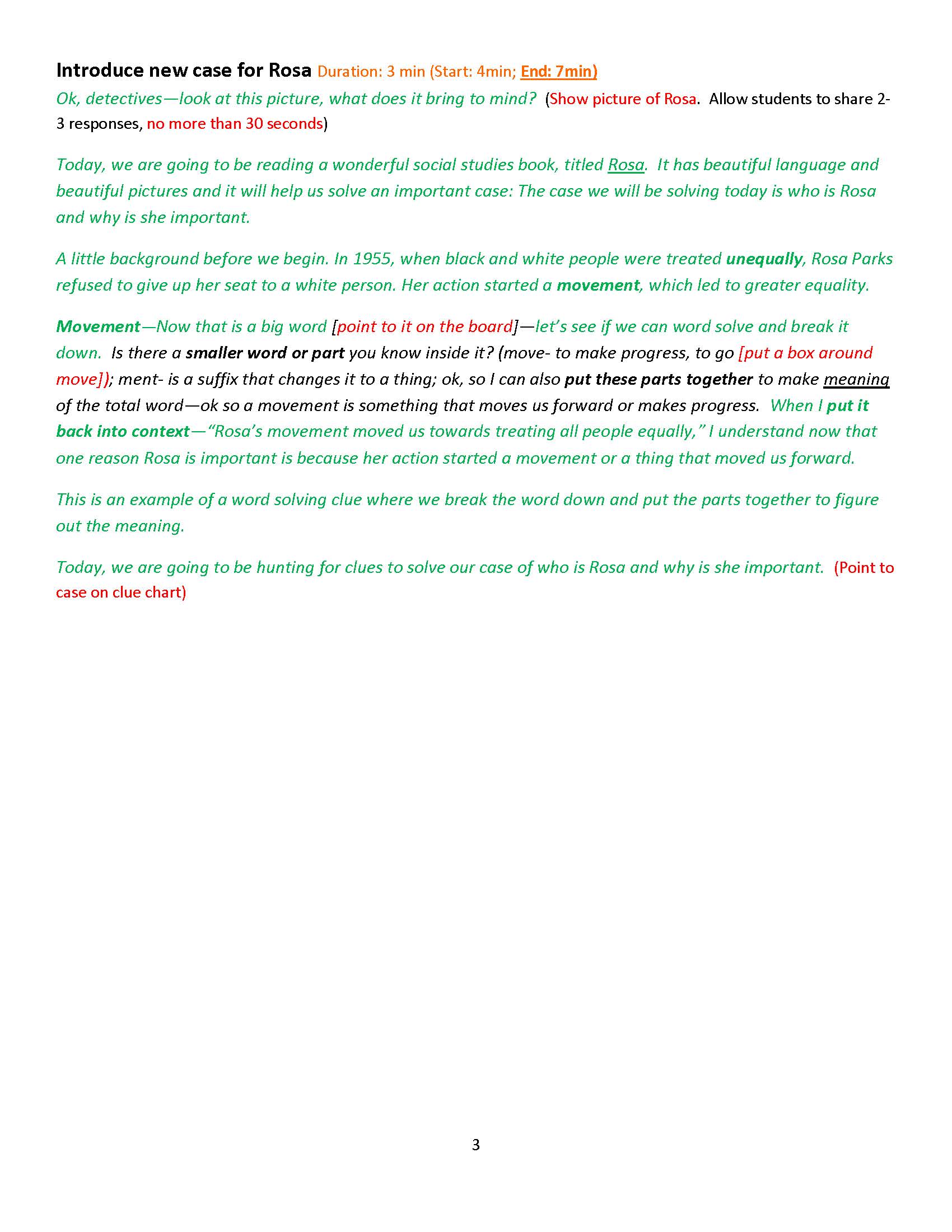
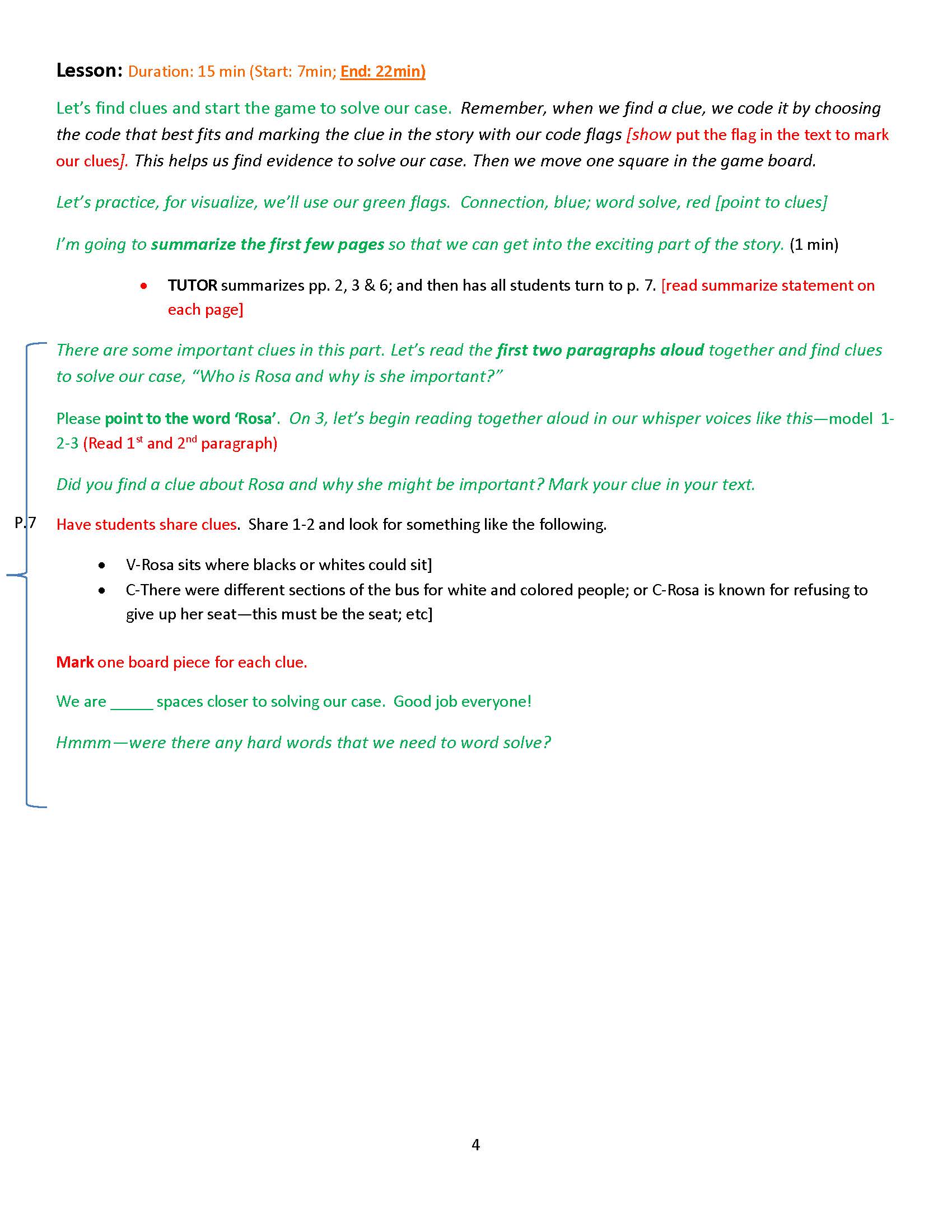

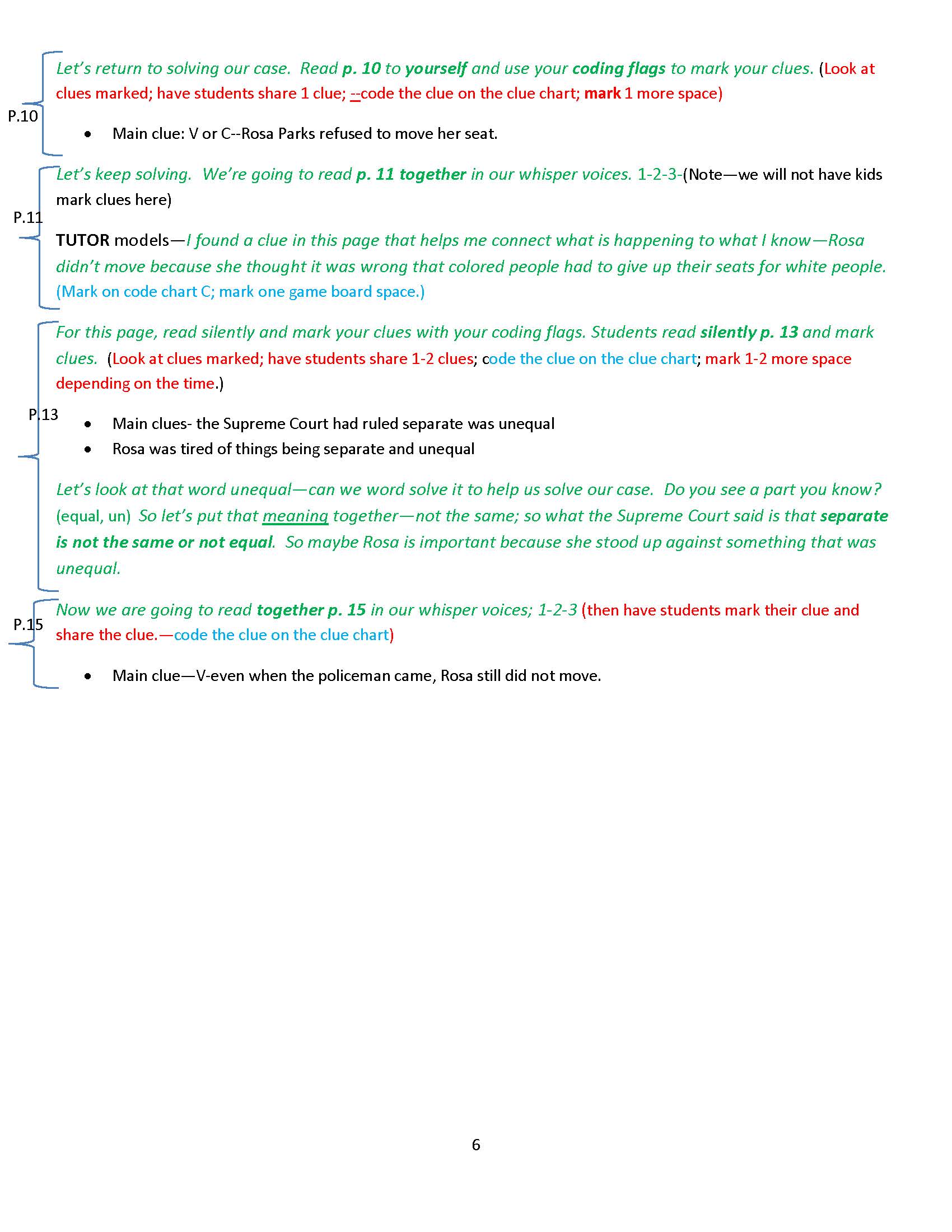
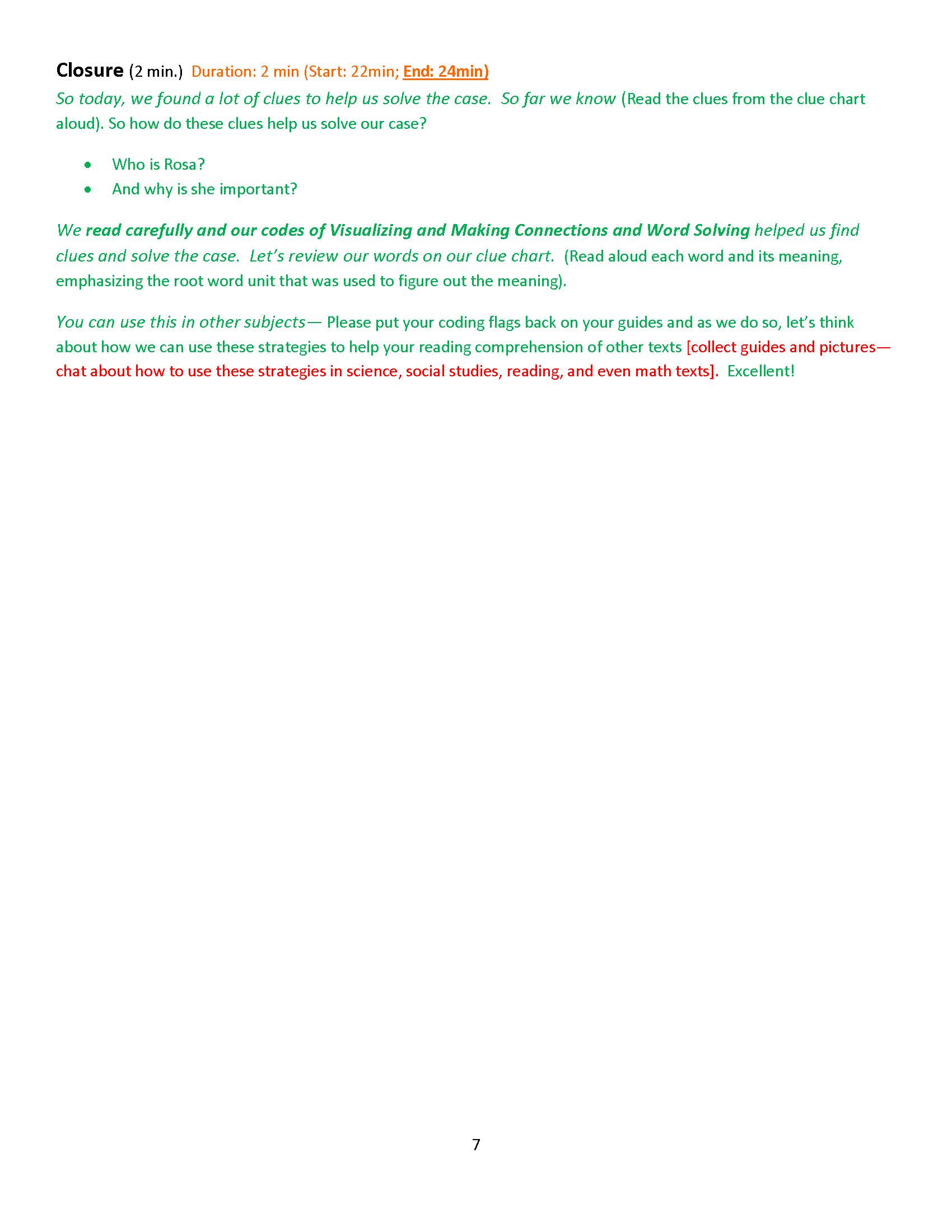
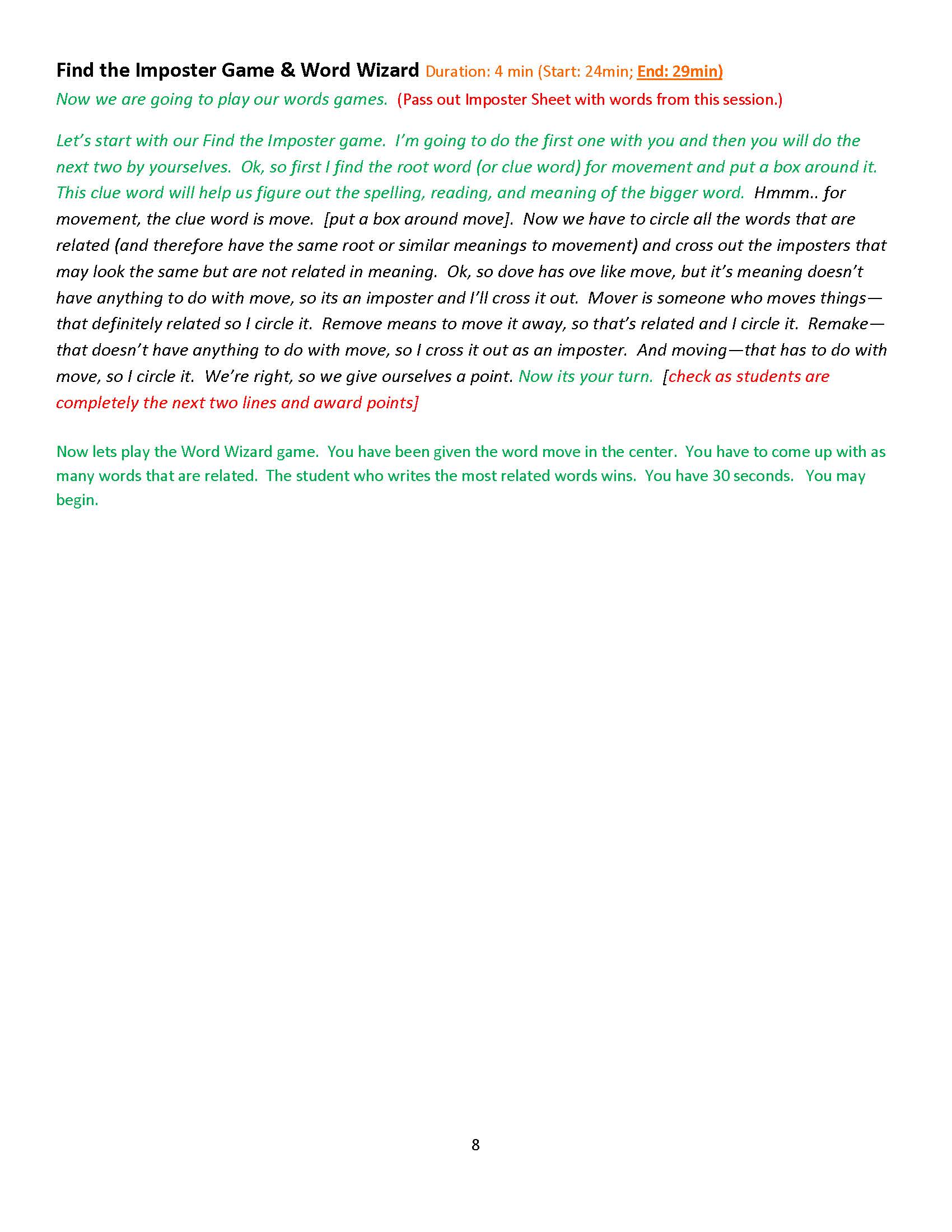

Download this morphology intervention lesson plan here: https://vanderbilt.box.com/s/20v94kn6z2yd4gp28zu9y2x38vx4ntir
Find the Impostor & Word Web Games
